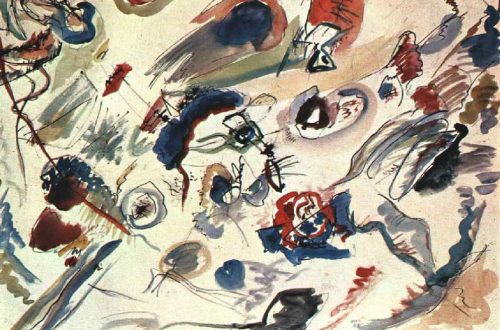Frida Kahlo painted Weeping Coconuts towards the end of her life, when her deteriorating health prevented her from painting larger more detailed compositions and she no longer wished to paint self portraits. She used the contents of this still life, namely the two large coconuts, as vehicles for expressing the intense emotions she was experiencing at the time. In this article, Singulart takes a closer look at Weeping Coconuts and the life of Frida Kahlo.
Who was Frida Kahlo?

Frida Kahlo (1907-1954) was a Mexican artist celebrated for her portraits and self-portraits which explore themes around identity, post-colonialism, nationalism, gender, class and race. Her paintings are characterized by their naive style and strong autobiographical references mixed with fantasy. She was born to a German father and a mother of Spanish and Native American descent. She spent most of her life in her family home, “La Casa Azul”, in Coyoacàn. Disabled by polio as a child, she was also in a crippling car accident at the age of 18, leaving her to suffer from chronic pain and severe health problems throughout her life. It was during her recovery from the car accident that Kahlo turned to painting and came to consider a career as an artist.
In 1927 she joined the Mexican communist party and met the celebrated Mexican artist Diego Rivera, whom she married in 1928. Over the next few years she traveled around Mexico and the USA with Rivera developing her artistic style. Her paintings caught the eye of the surrealist artist André Breton, who organized her first exhibition at the Julien Levy Gallery in New York in 1938. The following year she exhibited in Paris and her painting The Frame was bought by the Louvre, making her the first Mexican artist to feature in the collection. Throughout the 1940s she continued to work and exhibit in Mexico and the USA, creating a total of around 200 paintings over the course of her lifetime. She had her first solo exhibition in Mexico in 1953, shortly before her death the following year. Today her work remains hugely popular as an emblem of Mexican and female identity.
What’s happening in Weeping Coconuts?

Towards the end of her life, Frida Kahlo’s health deteriorated to such an extent that she no longer wished to portray herself via self portraiture and was also physically limited to painting on a smaller scale. She turned her attention to still life painting, as it was better suited to the smaller scale and required less precision. Despite the change in subject matter, from her renowned figurative works, her still lifes still managed to convey an immense range of emotion. Weeping Coconuts is a still life, with limes, oranges, a slice of papaya, and two coconuts against a flat green background. There is also a small flag stuck in to a lime, which reads “Pinto con todo carino. Frida Kahlo”, meaning: Painted with great affection. Originally Frida Kahlo painted this for Elena Border as a gift, however she returned it to Frida as she didn’t like the flat, dark colours and hoped to exchange it for another work. Instead, Kahlo painted over Elena’s name and sold the work, without offering her an alternative painting.
The central focus of the composition, as the title suggests, are the two coconuts which appear to be crying. The coconuts become personifications of sadness, the markings on their skin suggesting eyes that weep. As Frida Kahlo’s appearance, as well as her ability to paint, began to deteriorate with her health, she no longer wished to paint herself and thus chose these coconuts as an alternative vehicle for portraying her anguish at her fate. In contrast to Frida’s other works, the colours are flatter and darker and the composition expresses a stillness and melancholy. Further evidence of Kahlo’s declining health is in the brushstrokes, which lack the precision and delicacy characteristic of her works. This contrast is particularly noticeable in comparison to another still life from earlier in the same year, Still life with parrot and flag. Overall Weeping Coconuts contains the immense frustration and sadness that Kahlo felt at being imprisoned in her illness ridden body and that she thus finally rejects even as artistic inspiration in favour of mundane objects such as the fruit and coconuts she paints in Weeping Coconuts.
















